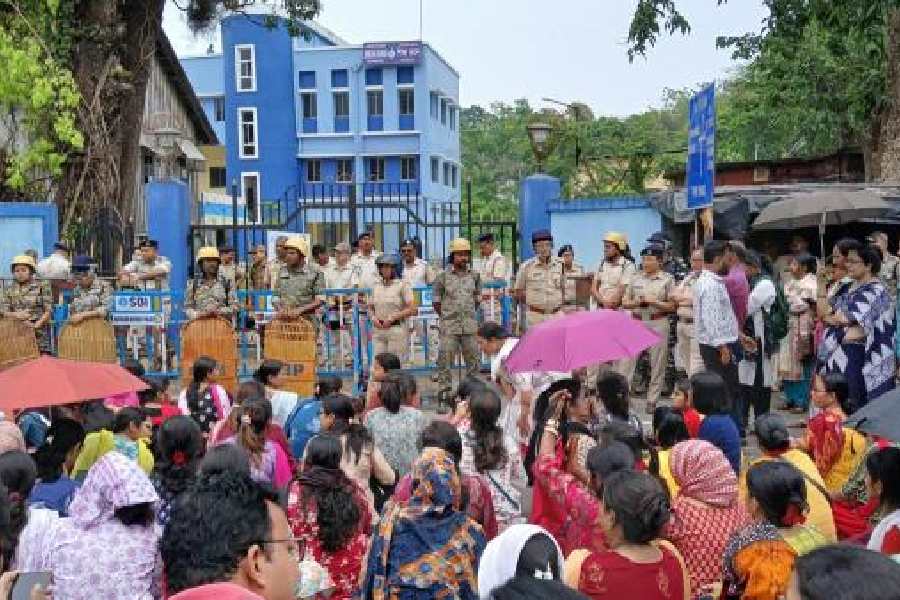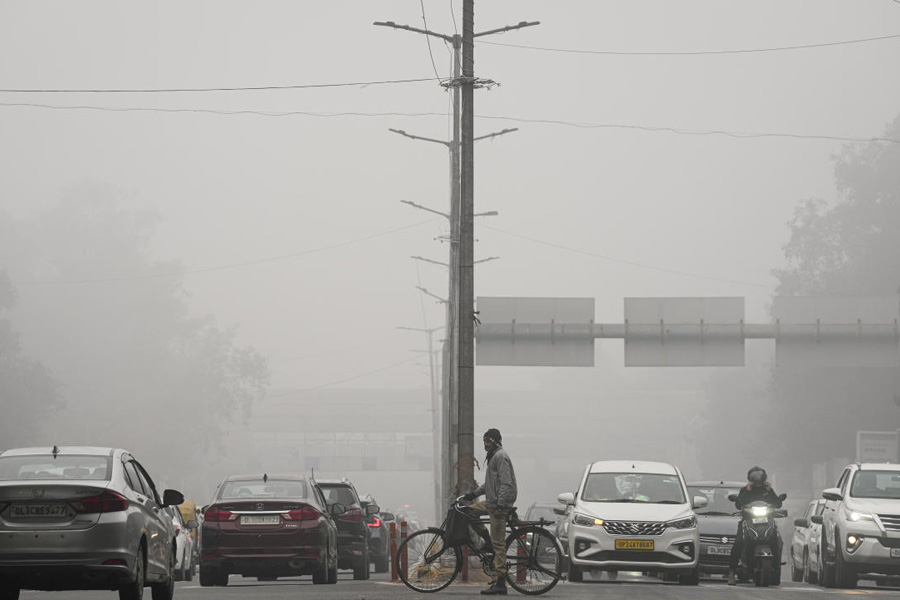 |
Worried about the rising price of foodgrains? Here’s more bad news; food prices may go through the roof in the near future as global warming burns a hole in India’s food security. A comprehensive, though preliminary, study by a team of international scientists has shown that shielding the Indian bread basket from the heat of climate change may be far more challenging than previously thought.
Researchers from the centres of the Consultative Group on International Agricultural Research (CGIAR) are studying the adverse impacts of the climbing global temperature and associated erratic weather deviations on food security. Their report says that India may be among the countries hit most badly in the years to come. And worse, if it happens, two out of three people in India today will live to witness it as food scarcity will probably occur in less than 40 years.
The report comes close on the heels of yet another international study, which showed last month that the global demand for foodgrains may increase by 70 per cent by 2050. The study by the Rome-based International Food Policy Research Institute also forecasts that even without climate change, the price of rice, maize and wheat are likely to increase by 25, 48 and 75 per cent, respectively, by 2050, in a business-as-usual scenario.
And if the CGIAR scientists, who are part of a special research programme called Climate Change, Agriculture and Food Security (CCAFS), are to be believed, things are not going to stay as usual. Collating data from many climate models — including those that helped shape the latest Intergovernmental Panel on Climate Change (IPCC) reports — and marrying them to indicators of food problems, the scientists marked out regions in the world where potentially harsher growing conditions pose the gravest threat to food production. The focus of the study was tropical countries where millions of already-impoverished people live.
The report they prepared analysing these detailed vulnerability maps claims that many parts of India are at the risk of crossing certain “climate change thresholds” that make growing crops extremely difficult, adversely affecting the food basket. A reduction in food production would be unimaginably disastrous for a country like India, which has not only been witnessing a spurt in population but also a higher food consumption pattern owing to improving living standards among its middle class.
“When you put together these climate maps, they reveal places around the world where the arrival of stressful growing conditions could be especially disastrous,” says Polly Ericksen, a senior scientist at CGIAR’s International Livestock Research Institute in Nairobi, who is also the lead author of the study. This is a very troubling combination, she says.
The report says that large parts of India, which currently have a maximum temperature of less than 30° Celsius (C) during the primary growing season, will witness temperatures higher than 30°C by 2050. High-protein beans and lentils can only tolerate a maximum temperature of 30°. Rice and maize yields too suffer at higher temperatures than this, as do other staple crops. This increase in maximum temperature during the growing season is feared to be extensive across central India, the Indo-Gangetic plains and the eastern parts of the country. That is, the area that produces most of the food staples for the country.
Just how bad high temperatures can be for a crop is evident from a study published in Nature last year. Research on the African maize crop showed that despite optimal rains yields could decline by one per cent for each day the temperature was higher than 30°C during the growing cycle.
Higher temperatures will not be the only bane of Indian farmers. The report illustrates how many parts of southern and western India will witness a shift from more than 90 reliable crop growing days (RCGD) in the 2000s to less than 90 RCGD by 2050. If RCGD drops below 90, growing crops becomes difficult, as most crops require at least 90 days to mature.
Added to that there will be wide fluctuations in annual rainfall as the impact of climate change becomes more prominent in the decades to come. India, along with some African countries and Mexico, figures prominently among the regions where the coefficient of the variability in rainfall will be more than 25 per cent by 2050. The higher the coefficient, the higher are the chances for erratic rainfall.
These findings, however, are still at the preliminary stage. “These maps primarily serve to compare regions, rather than focus specifically on countries, at the moment,” observes Ericksen.
Pramod Kumar Aggarwal, regional co-ordinator for CCAFS in the Indo-Gangetic basin, feels that there is nothing to be alarmed as yet. “The study indicates such scenarios may emerge if we sit tight and do not prepare ourselves to fight crop-wilting weather,” says Aggarwal. And climate change adaptation efforts are already a focus area for Indian agricultural scientists.
In India there have been isolated studies to project the impact of an adverse climate change on individual crops but a comprehensive one is yet to be taken up. May be the time for such a study is now.










